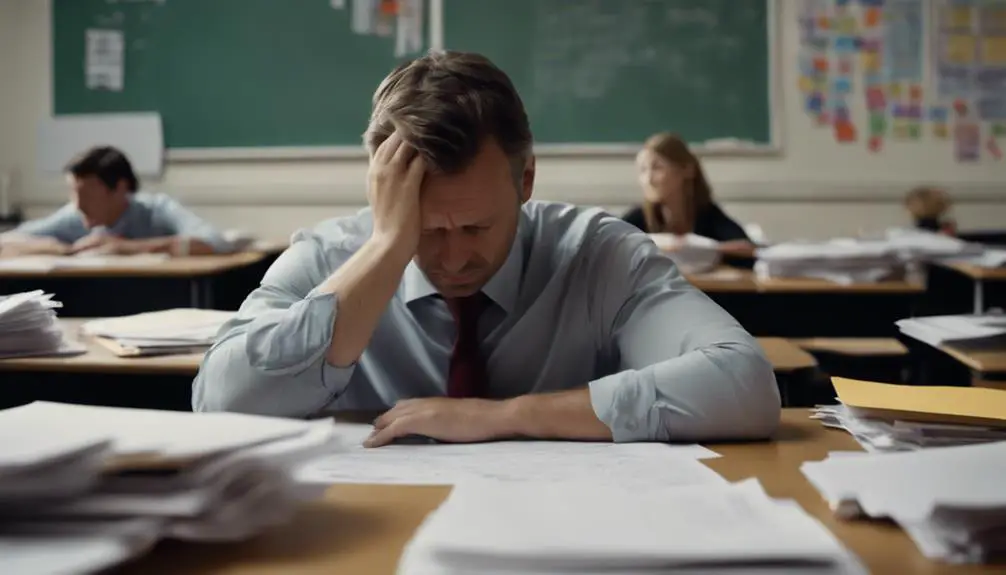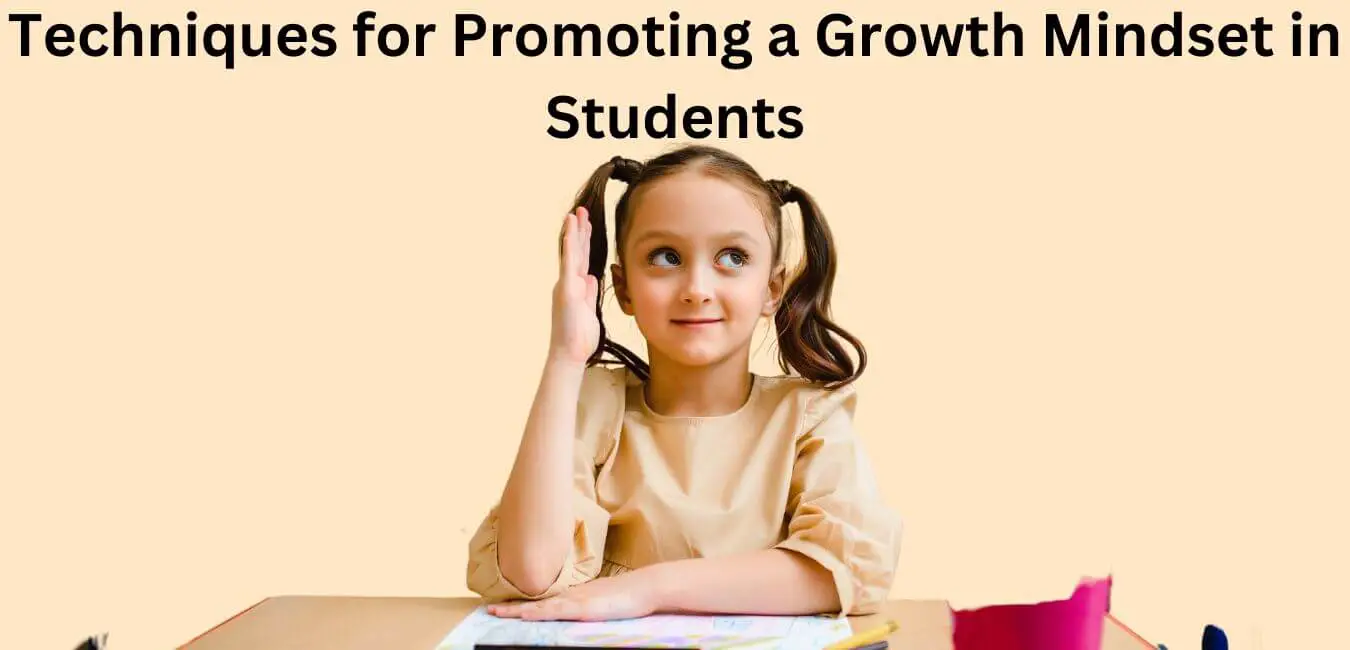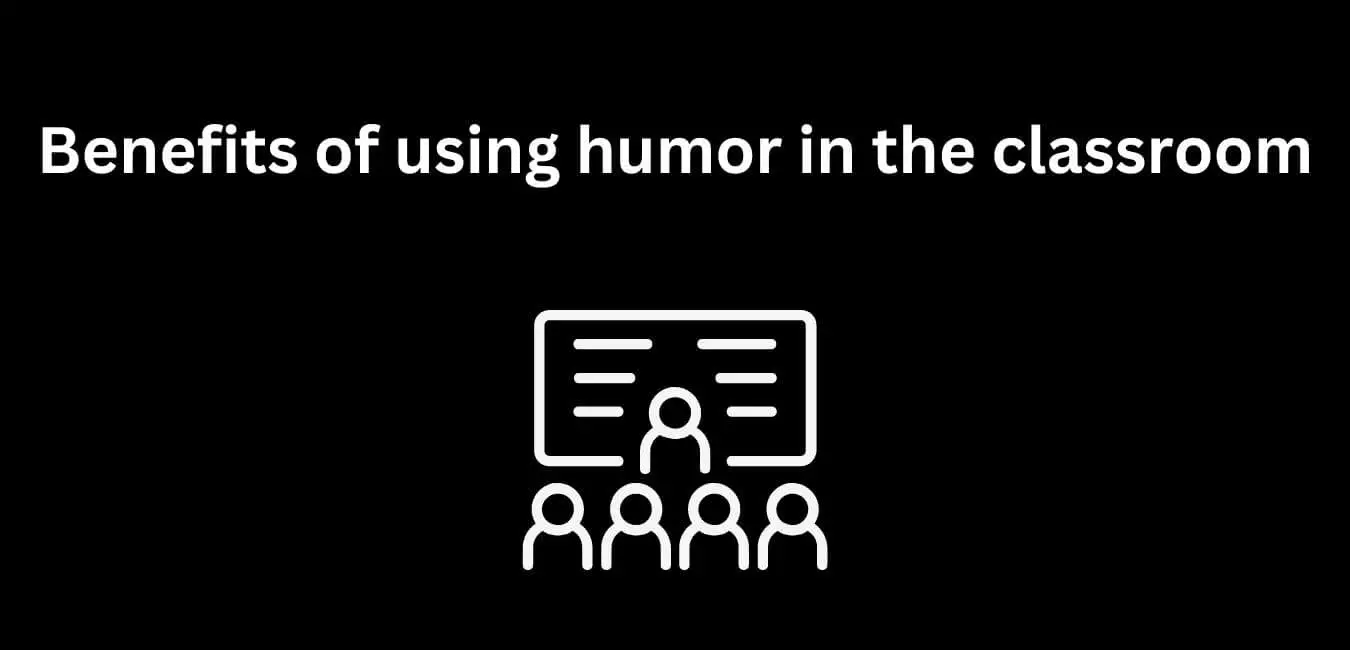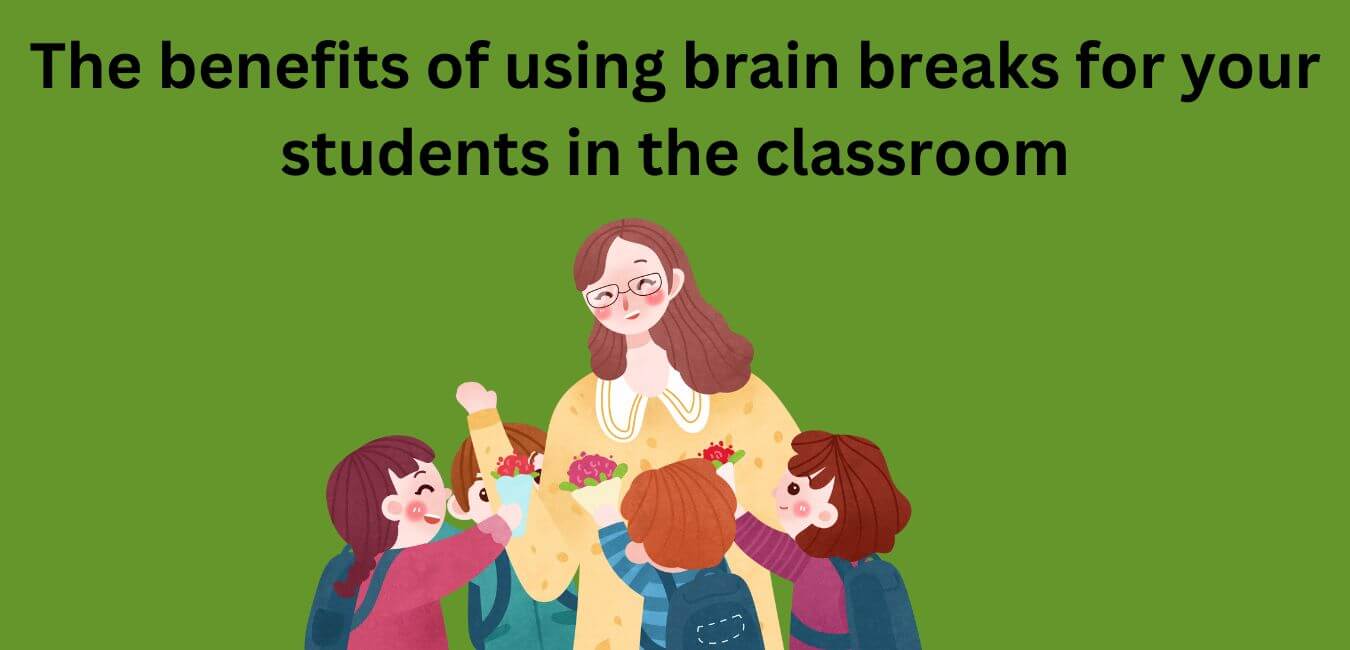There is no one answer to the question of what constitutes effective instruction. Effective instruction can be defined in a variety of ways, and it may vary depending on the context in which it is used. Generally speaking, however, effective instruction is considered to be any teaching method or approach that leads to students learning what they need to know or do.
It is important to note that there is no single definition of effective instruction and that what works for one student may not work for another. There are many different teaching methods and approaches that can be considered effective, and it is up to educators to find the methods that work best for their students.
Effective instruction in the classroom is important for student success. It involves creating a learning environment that is conducive to student engagement and academic achievement. This includes using instructional strategies that are research-based and effective. It is also important to provide students with feedback that helps them understand how they are doing and what they need to do to improve.
In this article, I will describe the factors to consider for effective instruction.
What to Consider for Effective Instruction in the Classroom?
Methods: What works in the classroom?
Classroom instruction methods are constantly evolving, with new ones being developed and others becoming less popular. It can be difficult to determine which methods work best for students, as there is no one perfect answer. However, several effective methods of instruction have been shown to help students learn and achieve success in the classroom.
One such method is cooperative learning. This approach involves students working together in small groups to complete tasks or solve problems. Cooperative learning has been shown to promote teamwork and communication skills, as well as improve academic achievement.
Another effective method is differentiated instruction. This approach allows teachers to tailor their lessons specifically to the needs of each student. This can help ensure that all students are able to learn at their own pace and reach their full potential.
Scaffolding is another helpful instructional technique. This approach allows teachers to structure their lessons in a way that easily guides students from one step to the next. This result in improved student learning, as well as more effective teaching.
Inquiry-based learning is a process that encourages teachers to use educational techniques to help students discover answers for themselves. This promotes student responsibility, as well as critical thinking skills. In order to be effective, teachers must be able to assess their students’ learning. There are many different ways in which teachers can monitor student progress. These include tracking students’ responses on tests, jotting down notes about students’ behavior, and asking students questions.
Direct instruction is a method where the teacher provides a lot of information to the students at once. This method can be effective in teaching new material or reviewing material before a test. Direct instruction allows the teacher to control the pacing and ensure all students understand the material.
Problem-based learning is a method where students are given a problem to solve and are then allowed to explore various solutions. This type of learning allows students to think critically and come up with their own solutions. Cognitive load is the amount of mental work required to process information. The more cognitive load a student has, the less likely they are to retain information.
Affective learning is the act of feeling emotions that helps an individual understand and remember the material. This is often used in the classroom to convey information in a way that students can understand and apply it to real-life situations. This method could be compared to what happens when students are reading a novel and are made to feel emotions about the characters or events that take place within the story.
The Teacher: How important is the instructor?
The role of the teacher in effective instruction is very important. The instructor sets the tone for the class and can make or break a student’s success. A good teacher can engage students, help them learn and make the class enjoyable. A poor teacher can do the opposite, making learning difficult and frustrating.
There are many factors that go into making a good teacher. They must have strong subject knowledge, be able to convey information in an interesting way and be able to engage students. They must also be patient and have good classroom management skills.
A good teacher can make a big difference in a student’s success. Students need someone who is knowledgeable and can help guide them through their education. A great teacher can foster a love of learning in their students, which will stay with them for life.
One reason why the teacher is so important is that they can create a positive learning environment. Studies have shown that when teachers create a positive classroom climate, students are more likely to be engaged in learning and to achieve academic success.
Teachers also play an important role in modeling desired behaviors for their students. For example, if a teacher wants their students to be respectful, they need to model respectful behavior themselves.
Another reason why the teacher is so important is that they can adapt their teaching methods to meet the needs of each student. For example, a teacher may use different teaching methods for students with learning disabilities, visual learners, or language learners.
A teacher can also adjust their teaching methods to meet the needs of each student by using various strategies that will allow the student to learn more efficiently. For example, a teacher may give supplementary materials to students with learning disabilities. The teacher can also use visual aids to help the student learn more efficiently.
Teachers are important because they can teach students how to apply what they have learned in the classroom to real-life situations. Teachers can also help students make better decisions on how to deal with difficult life situations that they will face later on in their lives. Teachers are vital to the success of students because they help students learn how to think and how to act.
Classroom environment: Creating a conducive atmosphere
In order for students to learn effectively, a conducive learning environment must be established in the classroom. This environment should be positive and free of distractions so that students can focus on the teacher and the material being taught. The role of the classroom environment in effective instruction cannot be overemphasized. It is essential that teachers take the time to create a welcoming and stimulating atmosphere for their students.
There are many ways to create a positive learning environment in the classroom. One important way is to ensure that students are seated at appropriately sized tables so that they can work together comfortably. Teachers should also provide an interesting and varied curriculum that engages students’ interests.
Additionally, teachers should make sure that they are constantly interacting with their students, providing feedback, and asking questions. By creating a positive learning environment, teachers can help their students achieve success both in school and beyond.
Student engagement: Involving the students
Student engagement is important in effective instruction. When students are engaged, they are more likely to be interested in what is being taught, and they are more likely to learn. There are many ways to engage students in class. One way is to use questioning techniques that require students to think critically and answer questions orally or in writing.
Another way is to have hands-on activities or projects that allow students to apply what they are learning. It is also important to provide opportunities for students to work together and share their ideas. Teachers can also create a supportive environment in which students feel comfortable asking questions and sharing their thoughts.
Teachers can also use video tutorials to engage their students. There are some great videos available on the internet for teachers to use in the classroom. These can be used as a supplement to instruction, or as a way of providing students with additional practice and practice materials.
Video tutorials are a great way to tailor instruction, and can easily be shared with students over the internet. There are some great videos available on the internet for teachers to use in the classroom. These can be used as a supplement to instruction, or as a way of providing students with additional practice and practice materials. Video tutorials are a great way to tailor instruction, and can easily be shared with students over the internet. The internet is a great resource for teachers. There are many useful sites, including YouTube and Google Video, that can be used to enhance the learning experience for students.
Another way to engage students is to make sure the class is interesting and relevant to them. This can be done by using current events as examples or by applying the material to their own lives. For example, a teacher who teaches about the different types of stars and how they are formed would be using current events to engage her students. She could use a news article to explain what a binary star is and how it is formed. This would make the topic interesting, relevant, and engaging for them.
Assessment: Measuring success
Assessment is an effective tool for measuring student success and can help instructors tailor their instruction to meet the needs of their students. There are a variety of ways to assess student success effectively, including formative assessments, benchmark assessments, and summative assessments.
Formative assessments are used during instruction to measure how well students are learning and to provide feedback so that teachers can make adjustments to their teaching. Benchmark assessments are used to measure progress over time and can help identify areas in which students need more support. Summative assessments are used to evaluate how well students have learned the material at the end of a unit or course. Assessing student success is essential for ensuring that all students have the opportunity to learn and achieve academic success.
One of the most important aspects of effective instruction is assessment. In order for educators to effectively measure student success, it is important to first understand why assessment is an important part of effective instruction.
Assessment helps teachers determine whether students are learning what is being taught. It also helps identify which students may be struggling and need additional help.
Assessment provides educators with a snapshot of what students know and can do at a given point in time. This information can then be used to make instructional decisions that will help all students reach their learning goals.
Additionally, assessment allows educators to track the progress of individual students and groups of students over time. This information can help identify which students may need additional support and help educators determine if their instruction is effective.
There are a variety of ways to assess student success in class. One common way is to use tests and quizzes.
Another way is to observe students as they work on projects or solve problems. Teachers can also ask students to complete assignments or respond to questions verbally in order to gauge their understanding. The most important thing for teachers is to use a variety of assessment methods so that they can get a well-rounded picture of each student’s strengths and weaknesses.
It is important to choose assessment methods that best reflect the learning goals of your curriculum and the abilities of your students.
Useful Feedback: Why is it important for effective instruction?
Feedback is a critical part of the learning process. It helps students understand what they are doing well and where they need to improve. In order for feedback to be effective, it needs to be accurate, specific, and timely.
Feedback is important for effective instruction because it allows teachers to provide students with information about their understanding of the material and their ability to perform specific tasks. In addition, feedback can help students identify areas in which they need to improve.
There are several ways to give useful feedback to students. One way is to provide them with a rubric that outlines the expectations for the assignment. This will help them understand what is expected of them and how they will be graded. Another way to give feedback is through verbal comments. It is important to be specific when providing feedback so that students know exactly what they need to work on. Other forms of feedback include giving students written assignments with comments and providing them with online resources that explain how they can improve their work.
Feedback is an important part of the learning process because it helps students identify their strengths and weaknesses. It will allow them to know what they need to work on in order to improve.
Feedback can come from different sources. There are many different types of feedback that teachers give their students. Some of the most common types of feedback include:
1. Physical Feedback: Teacher will write comments on the board or on a piece of paper, or give students verbal feedback in class.
2. Formative Feedback: Students receive this type of feedback when they have done something wrong. This type of feedback helps them improve their work by helping them identify what they need to do in order to move on.
3. Summative Feedback: This type of feedback is used at the end of the year. This type of feedback helps students see how their work compares to other students in their class, and it helps teachers see how they can improve their teaching.
4. Criterion Feedback: This type of feedback is used to test students before they take a test. It helps teachers determine how well their students know the material.
5. Student Peer Feedback: This type of feedback is used between students. It helps them identify strengths and weaknesses in each other’s work.
6. Constructive Feedback: This type of feedback is valuable to teachers because it helps them adjust their teaching styles, and it helps students improve their work.
7. Student Self Feedback: This type of feedback is based on self-assessment by the student. It helps them improve their performance.
Useful feedback is a critical part of effective instruction that every teacher must take seriously. Several strategies can help you give effective and useful feedback to your students.
Content: What should be taught in classrooms?
In order for students to be successful in life, they need to receive effective instruction in school. However, what exactly should be taught in classrooms? Many people argue that content is the most important aspect of effective instruction. But why does content matter so much?
One reason why content is so essential is that it establishes a foundation for future learning. If students don’t learn the basics, they will struggle when they try to learn more complex material. In addition, content provides students with essential knowledge and skills that they need to be productive members of society.
Another reason why content is so significant is that it helps students develop critical thinking skills. By analyzing and discussing content, students learn how to think critically about information and form their own opinions. This is an essential skill that they will need in college and beyond.
So, what should be taught in classrooms? The content should arouse the interests of students. Students should be able to find something interesting in the material, and they should have the opportunity to explore different ideas.
Finally, teachers need to be able to give students a clear understanding of what is being taught. This will help students get a better grasp of the material and keep them interested in what they are learning.
Technology: How can technology be used to improve instruction?
In order for students to be successful in the 21st century, they need access to technology that can help them learn. Technology can be used to improve instruction by providing teachers with tools that help them reach all students.
For example, online resources can help teachers differentiate instruction for students who are at different levels. Online resources are a great way to provide students with additional information and support outside of the classroom. These resources can include articles, videos, and interactive tools that help students learn about the topic at hand.
Additionally, interactive tools like virtual reality can help students visualize information and understand it better. Interactive tools allow students to engage with the content in a variety of ways. This technology can also be used to create more engaging lessons that keep students’ attention. By using technology, teachers can help all students achieve their fullest potential.
Mobile devices can also be used to improve the effectiveness of instruction in the classroom. Teachers can use mobile devices to capture student work and easily distribute it to other teachers. The information can be updated, improved, and shared on a regular basis.
With the help of technology, educators can implement instruction that is both more effective and engaging for students. Each type of technology has its own unique benefits that can be used to improve different aspects of instruction.
Community: What role does the community play in effective instruction?
The community can play an important role in effective instruction. Communities can provide a sense of belonging and connectedness for students, which can help them feel supported and encouraged to learn. Communities can also help to create a positive learning environment, where students feel safe and comfortable taking risks in their learning. In addition, communities can provide opportunities for students to connect with other people who share their interests, which can help foster a love of learning.
In order for instruction to be effective, the community must play a role. Communities provide essential resources that help teachers educate their students. Teachers need access to quality textbooks, libraries, and other learning materials in order to effectively teach their students. Communities also provide social and emotional support for both teachers and students. Students need a sense of community in order to feel connected to their school and feel safe while learning. Communities can also help teachers identify at-risk students and provide interventions before problems escalate.
Parents can help by getting involved in their child’s education at home, monitoring their progress, and communicating with teachers. They can also volunteer in the classroom or help out with school events.
Students can get involved by being active participants in their own learning, setting goals for themselves, and taking responsibility for their own education. Students can also engage in activities that promote healthy lifestyle choices. This could include exercising, eating right, and participating in school sports. It can also mean adopting a healthy attitude toward the use of drugs, alcohol, or tobacco.
Reflecting and Adjusting: Continuous Improvement
Teachers are always looking for ways to improve their instruction. Sometimes, this means reflecting on what went well and trying to replicate those successes in the future. Other times, it means adjusting what didn’t work and trying something new. Continuous improvement is about making small, incremental changes that lead to better outcomes over time. It can be a challenge to know where to start, but there are a few things that can help:
1) Get feedback from students and colleagues. Ask them what they liked about your instruction and what could be improved. This feedback can help you focus your efforts in the right direction.
2) Look for best practices in your field. There is a lot of research out there on effective instruction, so find out what works best and incorporate those strategies into your teaching.
3) Take advantage of professional development opportunities. Many organizations offer professional development opportunities, and many of their programs are free. Find out what is available in your area, sign up for it, commit to doing the work, and you’ll be well on your way to improving your instruction.
4) Don’t be afraid to incorporate technology into your instruction. You don’t have to use technology as a crutch or a replacement for your own skills and abilities, but you can use it as a tool to improve your instruction.
5) Don’t be afraid to change things, try new strategies, or adapt to what you’re doing. If you’ve been using a particular strategy for years and it isn’t working for you or your students, change it.
Overall, continuous improvement is a process that helps teachers be more effective in their instruction and better meet the needs of their students.
For more information on how to become an effective teacher, check here.
Conclusion
From the discussion in this article, we found that effective instruction is critical in education. As teachers, we are responsible for providing students with the skills and knowledge that they need to succeed in their future profession. We must also be aware of how our actions affect our students and work within a system that is designed to provide the highest-quality education possible.
















